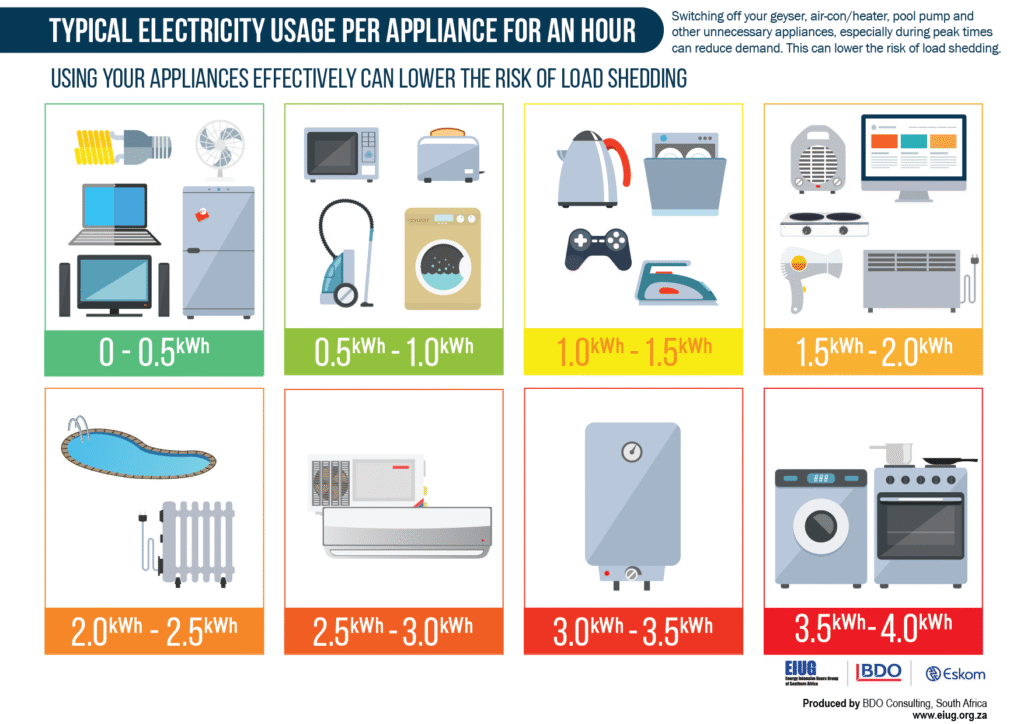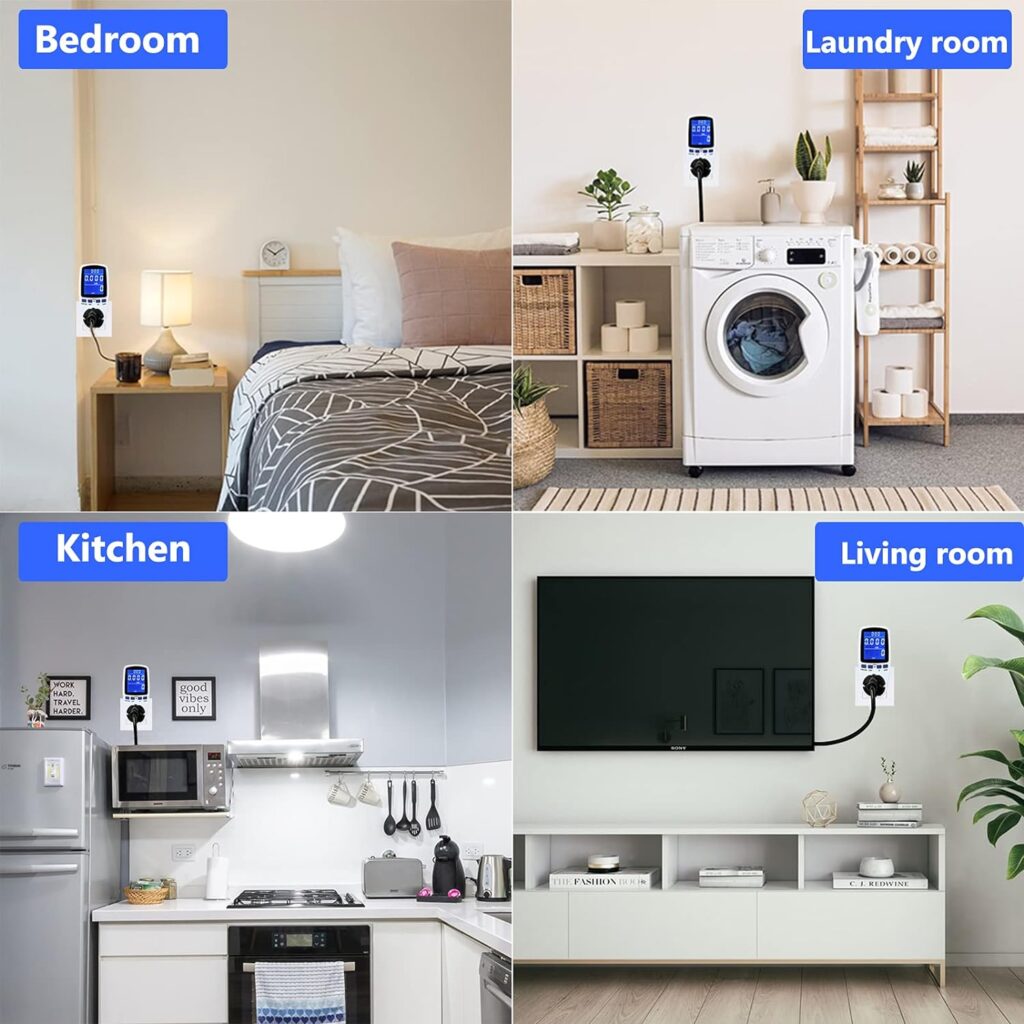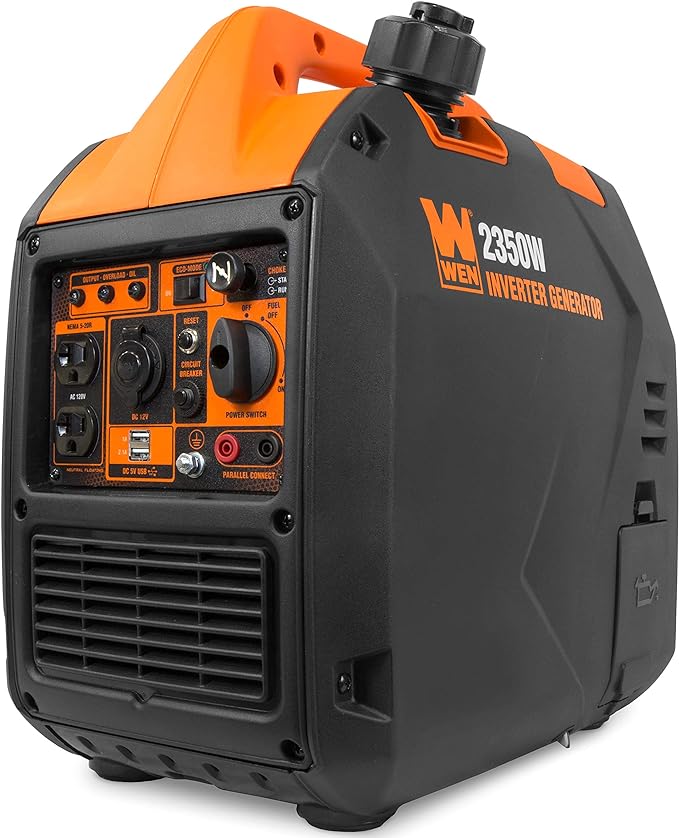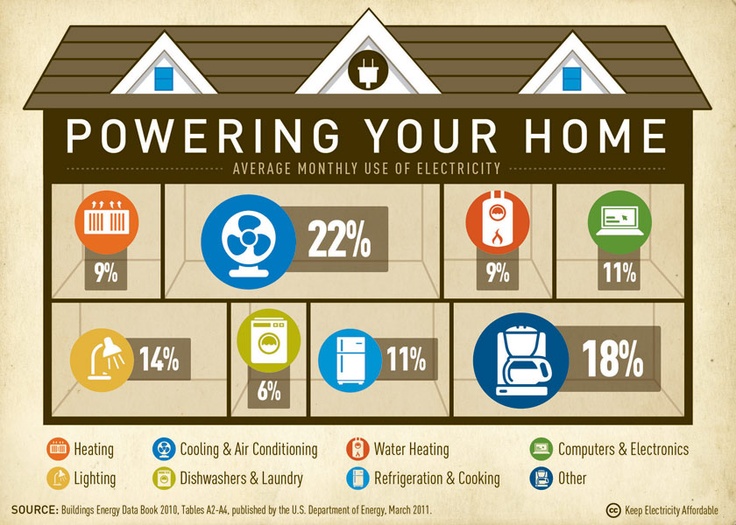Understanding your home’s power requirements is a cornerstone of practical self-reliance. Whether you’re preparing for off-grid living, sizing a backup generator, or optimizing energy use, knowing your electrical needs empowers you to make informed decisions. This guide walks you through calculating your home’s power consumption, ensuring you’re ready for any scenario. (5-7 minute read)
Why Calculate Your Power Requirements?
Knowing your home’s power needs helps you choose the right generator, solar system, or battery backup. It also reveals opportunities to reduce energy waste, saving money and boosting independence. By assessing your consumption, you gain control over your energy future.
Step 1: Inventory Your Appliances
Start by listing all electrical devices in your home. Include everything from lights to major appliances like refrigerators, air conditioners, and water heaters. Note their wattage, typically found on the appliance label or in the user manual. If wattage isn’t listed, multiply the voltage (usually 120V or 240V in the U.S.) by the amperage to estimate watts (Watts = Volts x Amps).
For example:
- LED bulb: 10W
- Refrigerator: 600W
- Microwave: 1,200W
- Space heater: 1,500W

Step 2: Calculate Daily Energy Use
Estimate how many hours each appliance runs daily. Multiply the wattage by the hours of use to get watt-hours (Wh). Sum these for all devices to find your total daily consumption.
Example:
- LED bulb (10W x 5 hours = 50Wh)
- Refrigerator (600W x 24 hours = 14,400Wh)
- Microwave (1,200W x 0.5 hours = 600Wh)
Total: 50 + 14,400 + 600 = 15,050Wh (or 15.05 kWh)
A Watt Power Meter Plug Home Electrical Usage Monitor can measure exact usage for plug-in devices, improving accuracy.

Step 3: Account for Starting (Surge) Watts
Some appliances, like refrigerators or air conditioners, require extra power to start (surge watts), often 2-3 times their running watts. Check manufacturer specs for surge wattage. When sizing a generator or inverter, ensure it can handle the highest surge load.
Example: A refrigerator with 600W running may need 1,800W to start. Plan for this peak demand.
Step 4: Assess Critical vs. Non-Critical Loads
Divide appliances into critical (e.g., refrigerator, lights) and non-critical (e.g., TV, coffee maker) categories. This helps prioritize power needs for emergencies or off-grid systems. Focus on powering critical loads first.
Step 5: Plan for Future Needs
Consider future additions, like electric vehicles or new appliances. Add 10-20% to your total wattage for flexibility. For off-grid systems, account for seasonal variations (e.g., more heating in winter).
Step 6: Choose the Right Power Solution
Once you know your daily kWh and peak surge watts, you can size a generator, solar system, or battery bank. For example:
- Backup Generator: Choose one with enough running and surge watts, like the WEN 56235i Super Quiet Generator.
- Solar System: Divide daily kWh by average daily sunlight hours (e.g., 5 hours) to estimate panel size. A 15 kWh daily need requires about 3,000W of panels.
- Battery Bank: Ensure capacity covers 1-2 days of use for reliability.

Tips for Reducing Power Consumption
- Switch to LED lighting.
- Use energy-efficient appliances.
- Unplug devices when not in use.
- Insulate your home to reduce heating/cooling needs.
Conclusion
Calculating your home’s power requirements is a practical step toward energy independence. By inventorying appliances, measuring usage, and planning for surges, you can confidently size a power system that fits your needs. Start small, stay consistent, and take charge of your energy future today.

